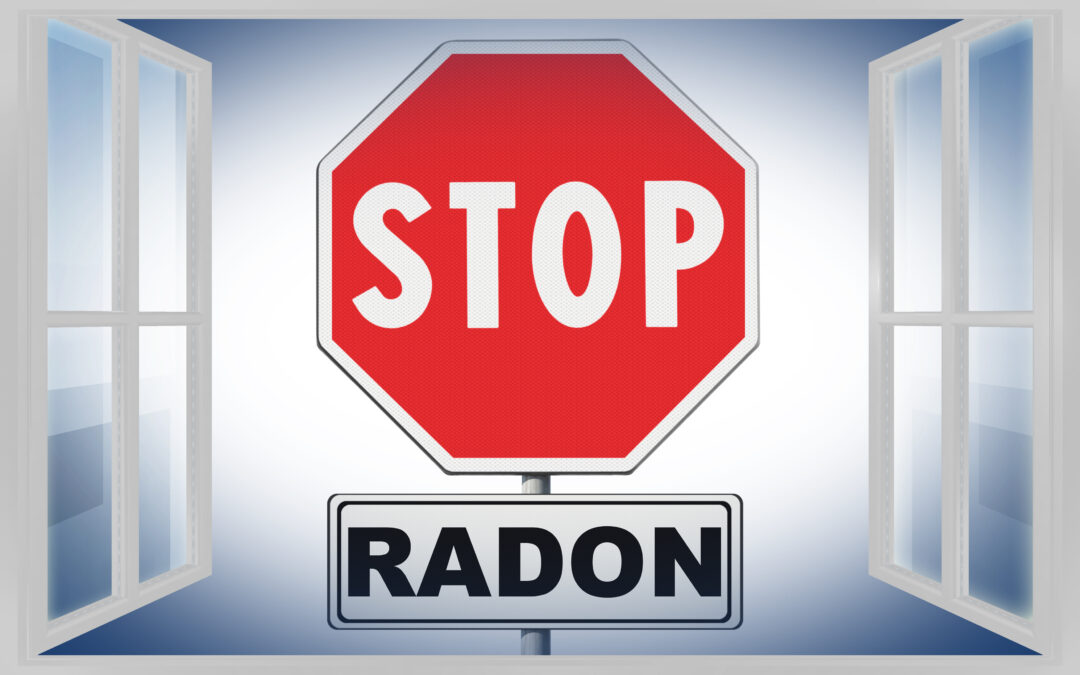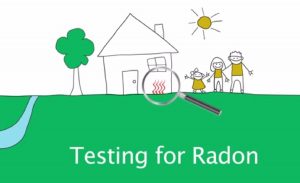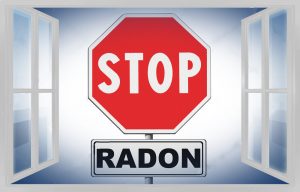Purchasing a new house necessitates meticulous planning. During the home-buying process, radon is one of those issues that must be addressed. Typically, radon testing is included in the home inspection to determine the level of radon in the indoor air.
As the spontaneous decay of uranium takes place in rocks, soil, and water, the radioactive gas radon is generated. The only way to determine if radon is present is to do a radon test.
In the US, radon is the second most common cause of lung cancer, according to the Environmental Protection Agency (EPA). At levels of 4 PCi/L or below, radon poses no threat. Although radon levels in the home can be reduced, homeowners should still install a mitigation system to make sure they are as low as feasible.
Who Pays For The Radon Mitigation System: The Home Buyer Or Seller?
It is typically handled by the home’s seller. In some areas, such as Colorado, radon testing is needed prior to the transfer of a home to a new owner. Prior to the sale of a home, radon test results must be made available to any potential buyers who might be interested in purchasing it.
The costs may be divided between the buyer and the seller in specific situations. Up to $800 can be spent on radon mitigation systems and retests, respectively. Despite the need of a radon mitigation system, it is rarely included in standard homeowner’s insurance policies. This is because there is no specific rule dictating who is liable for installing one.
If the house was constructed differently, the sort of system needed will be different. It is common for radon levels to be higher in crawl spaces and basements since radon is generally found in the ground. However, radon levels should be checked throughout the house to make sure they aren’t hazardous to the occupants.
In most cases, the subject of radon mitigation comes up when a home is being purchased or sold. Radon levels in the neighborhood and the house should be discussed between the buyer and the seller.
Between the buyer and seller, radon mitigation can be handled in a variety of ways:
Option 1. The buyer compensates for the radon mitigation system following the closing
In cases where the seller didn’t disclose radon levels or radon levels were previously at a tolerable level. Hence, the buyer is responsible for installing a radon mitigation system.
The buyer has the option of hiring a radon mitigation consultant or installing their own DIY radon mitigation devices. A radon mitigation provider can guarantee that the radon in your house is properly eliminated and diverted. Some radon mitigation firms conduct retesting as part of their system installation to check that the system is operating.
To learn more about ways to reduce radon levels in your home, consult the EPA’s guidelines.
Option 2. The seller compensates for the radon mitigation system prior to the closing of the property
If a buyer requests a radon test and finds elevated levels, the buyer may ask the seller to pay for a mitigation system.
Prior to closing, install a radon mitigation system to ensure that new owners are safe from high levels of dangerous radon.
This system should be installed before the home closes so that levels of radon can be reduced to an acceptable level.
Option 3. The seller offers a credit or allowance at closing for the mitigating system
Sellers need to know the radon issue in their homes before selling them. You must reveal the findings of your radon test to any potential buyers after doing the test.
An allowance or credit might be provided by the sale if one is required and the new owners are required to maintain it. Extensive work or processes might raise the price of a radon mitigation system to $1000. By hammering out an allowance or credit system with the customers, the seller should contribute to the costs of the necessary rework.
Who arranges the radon test?
It is recommended by the EPA in its Home Buyer and Seller’s Guide to Radon that a seller does Radon gas testing prior to listing a property for sale. And then saves all test and result in documentation for future use. Both the buyer and the seller perceive this as a positive selling factor that adds value to the transaction.
Before buying a home, the Environmental Protection Agency (EPA) suggests studying a Radon test result. A test report should be requested by the customer in the absence of this. While it’s not required, it’s strongly advised that each party take the initiative and be open about their home’s Radon levels.
Want to get radon mitigation in your home? Contact our team today!




